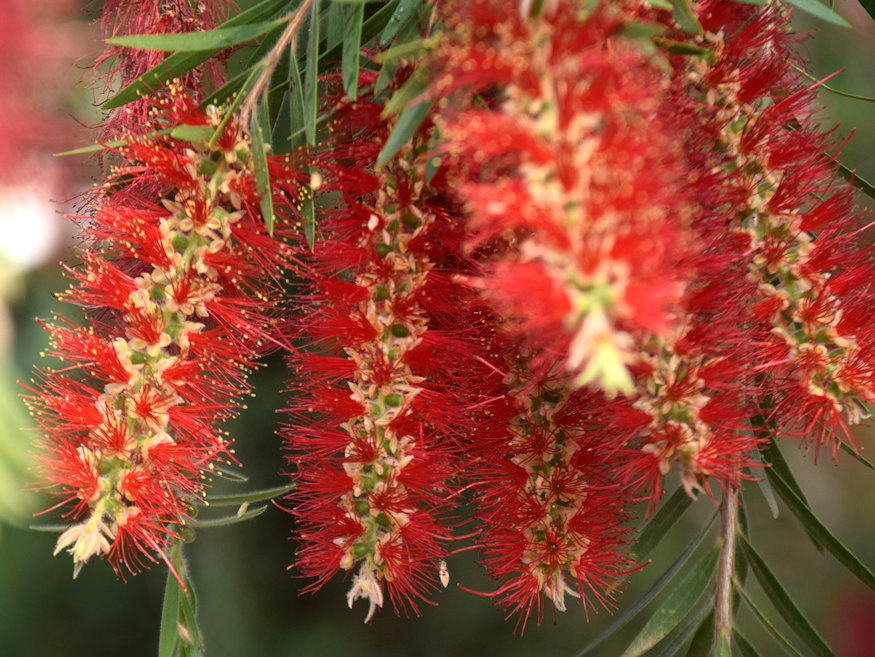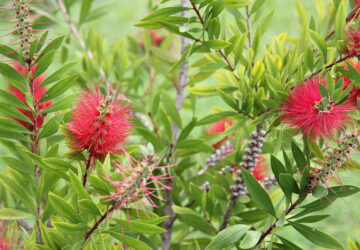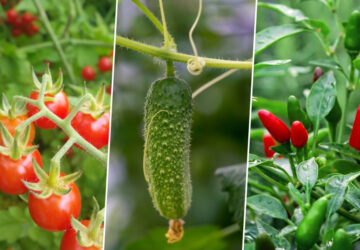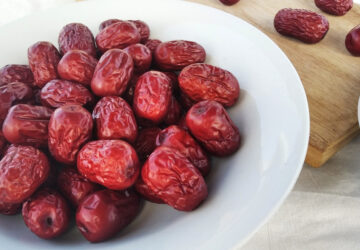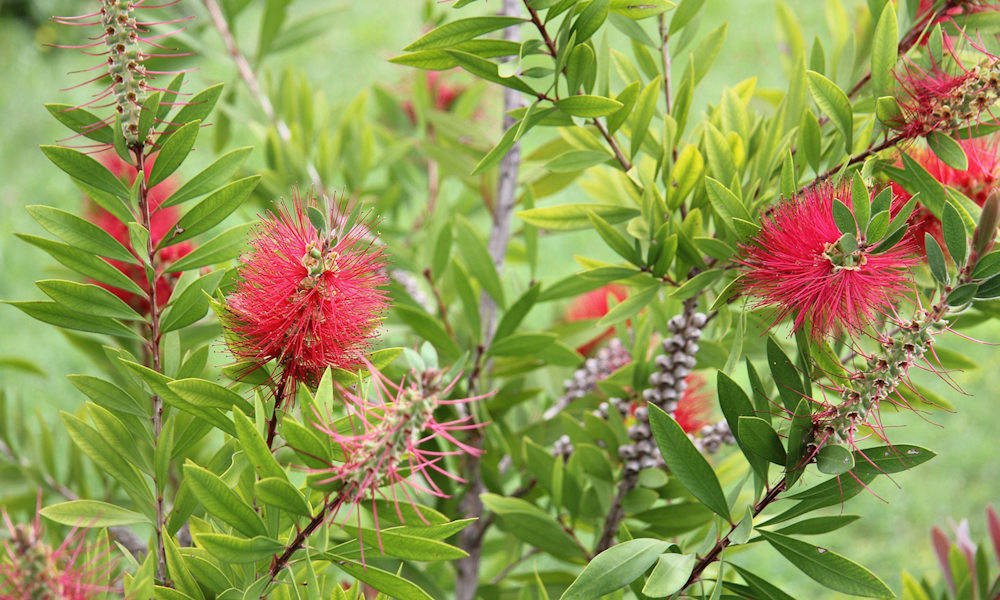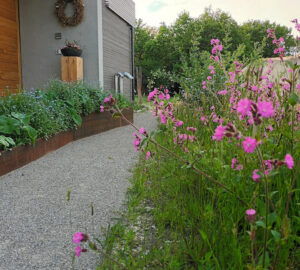If you’re dreaming of a vibrant balcony that’s buzzing with life, the red bottlebrush (Melaleuca citrina) might be just what you’re looking for. This eye-catching Australian native combines bold beauty with resilience, making it an ideal choice for gardeners of all levels – especially those short on space but big on botanical ambition.
A Bold Beauty from Down Under
Native to the eastern regions of Australia, the red bottlebrush is a compact, evergreen shrub known for its cylindrical flower spikes that closely resemble the bristles of a bottle brush. These bright red, nectar-rich blooms appear primarily in spring and summer but may reappear in bursts throughout the year in milder climates. Unsurprisingly, they’re a magnet for bees, butterflies, and even hummingbirds.
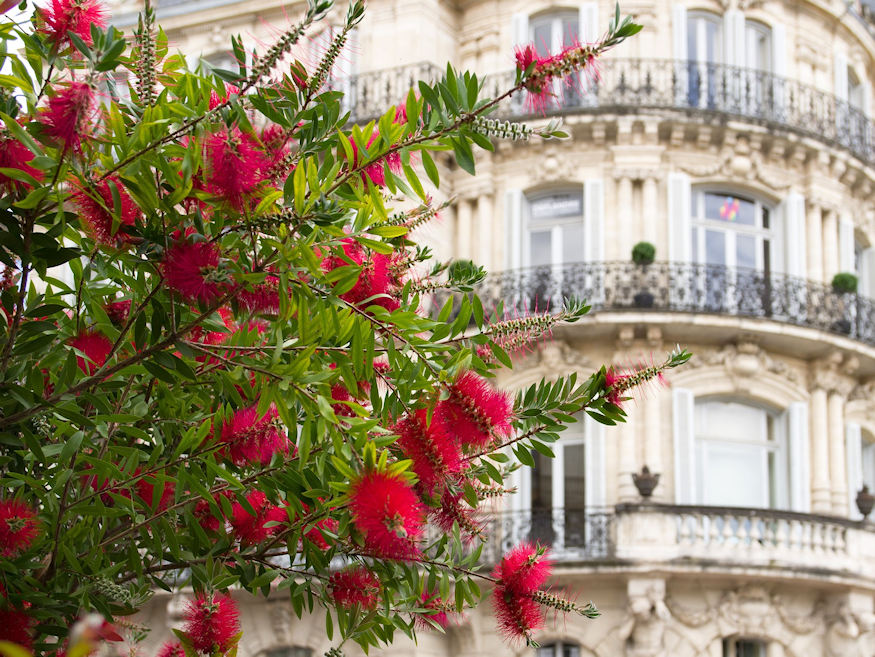
The plant typically reaches up to 3 meters (10 feet) in the ground, but when grown in containers, it can be kept much smaller with regular pruning. Its slender, aromatic leaves release a subtle lemon scent when crushed – a pleasant bonus for balcony gardeners.
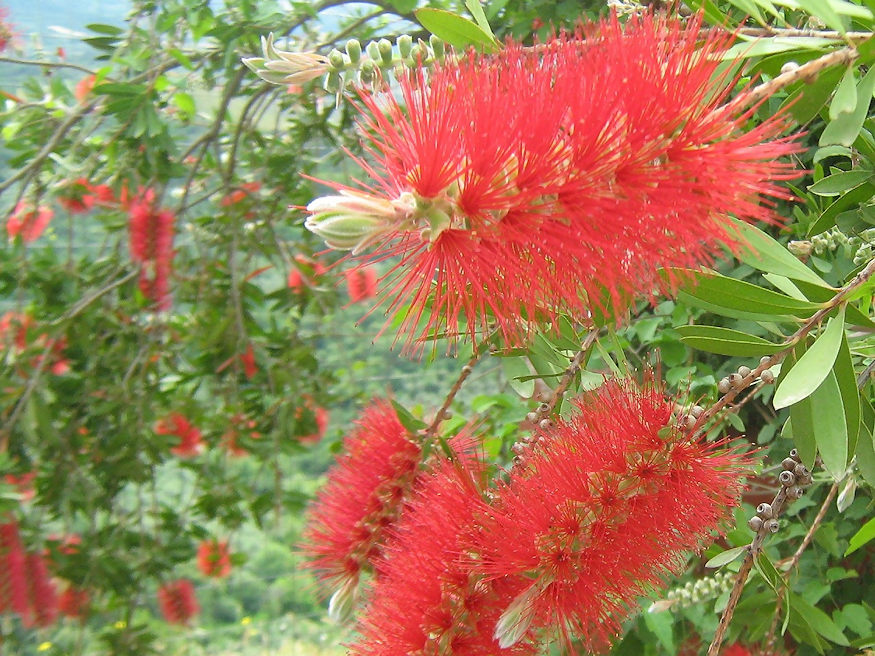
Growing Conditions: Sunshine, Space & a Little TLC
One of the reasons the red bottlebrush is such a favorite in container gardening is its adaptability. It’s a tough plant that handles heat, drought, and coastal winds surprisingly well. While it prefers warm climates, it can also withstand light frost – just be sure to protect it during long cold spells if you live in a temperate zone.
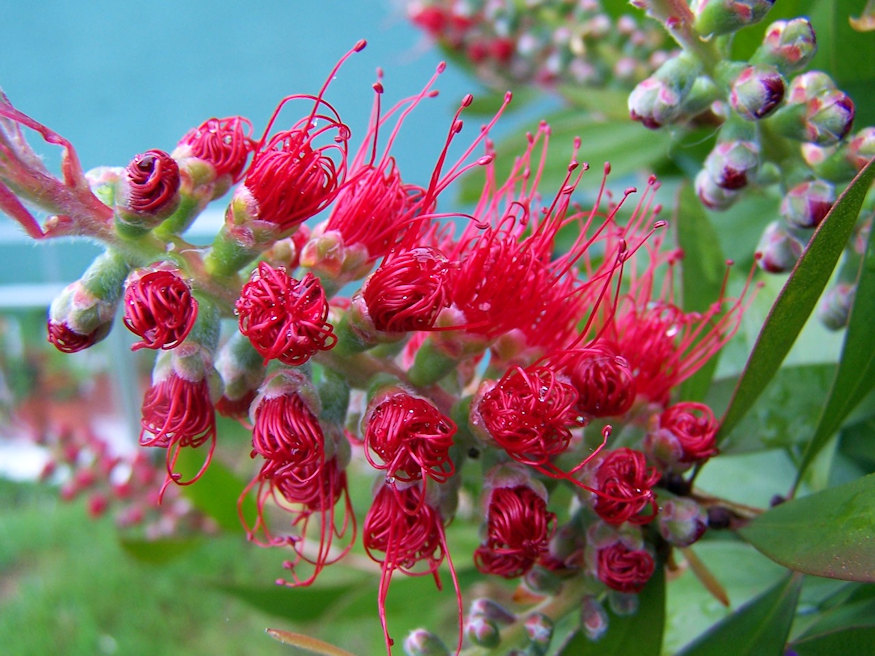
Here’s how to help it thrive:
- Sunlight: Give it full sun – at least 6 hours a day – to encourage lush growth and vibrant flowering. While it can tolerate partial shade, blooms may be fewer.
- Soil: Well-draining soil is essential. Use a slightly acidic to neutral potting mix (pH 6.0–7.5). If your mix feels heavy, improve drainage with perlite or coarse sand.
- Watering: Although drought-tolerant once established, it prefers consistently moist soil. Water deeply when the top inch dries out. Avoid letting the roots sit in soggy conditions.
- Fertilizer: During the growing season (spring to late summer), feed monthly with a balanced, low-phosphorus fertilizer (too much phosphorus can harm native Australian plants).
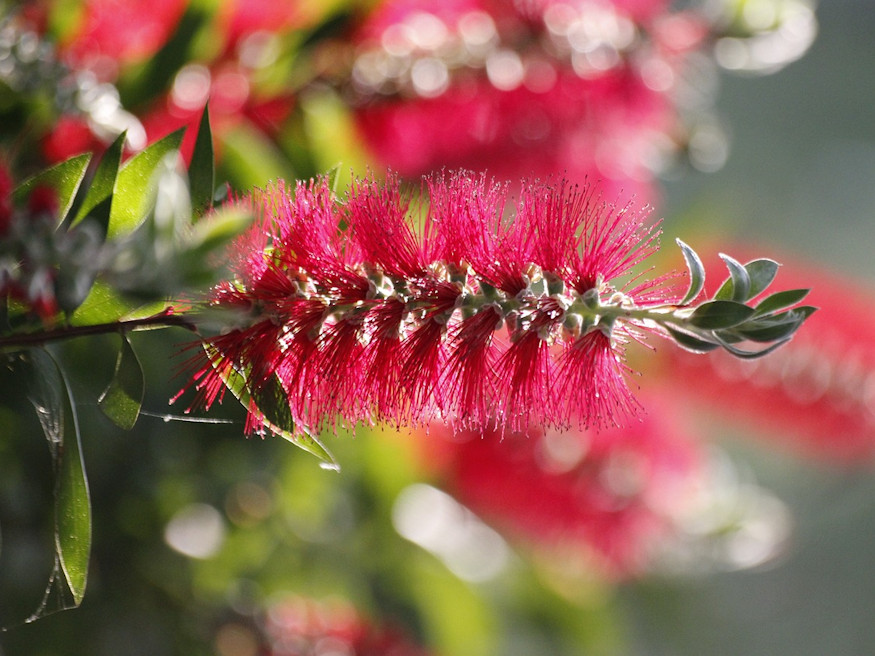
Shaping Your Shrub: When and How to Prune
Pruning helps maintain a manageable size and encourages a bushier shape. The best time to trim is just after flowering – usually late summer or early fall. Avoid heavy pruning; instead, remove spent flower spikes, any dead or damaged branches, and lightly shape the plant.
If you need to reduce its overall size, do it gradually over a couple of seasons to minimize stress. Always use clean, sharp tools to prevent the spread of disease.

Bonus Tips for Container Success
- Use a large container (at least 40 cm / 16 inches wide) with drainage holes.
- Consider raising the pot slightly off the ground to improve airflow and prevent root rot.
- Mulch the topsoil to retain moisture and keep roots cool in summer.
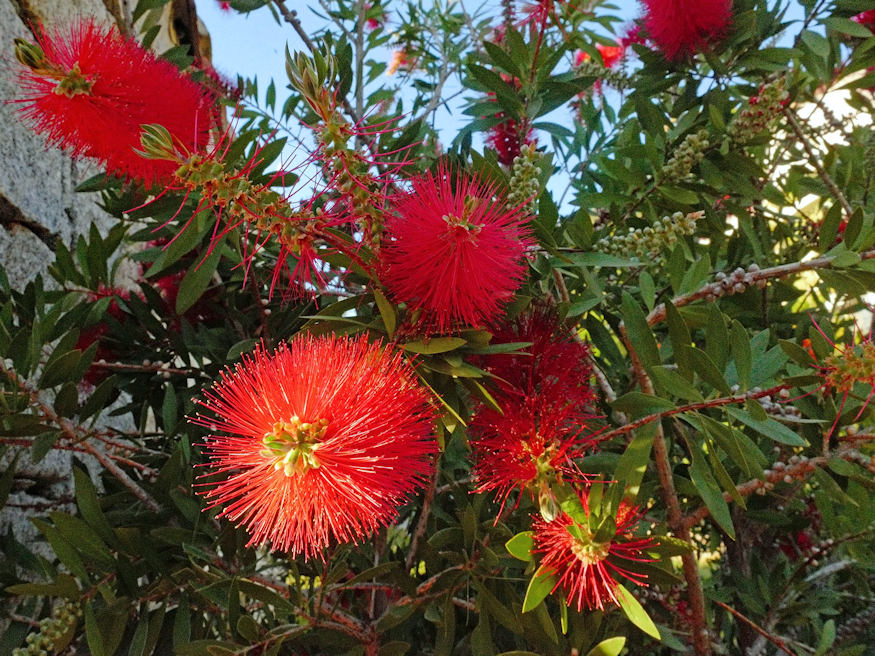
Why Gardeners Love It
The red bottlebrush is more than just a pretty face. Here’s why it’s a hit with balcony gardeners:
- Low maintenance and resilient
- Pollinator-friendly and ecologically beneficial
- Compact and easy to shape
- Long-lasting blooms that lift your outdoor space year-round
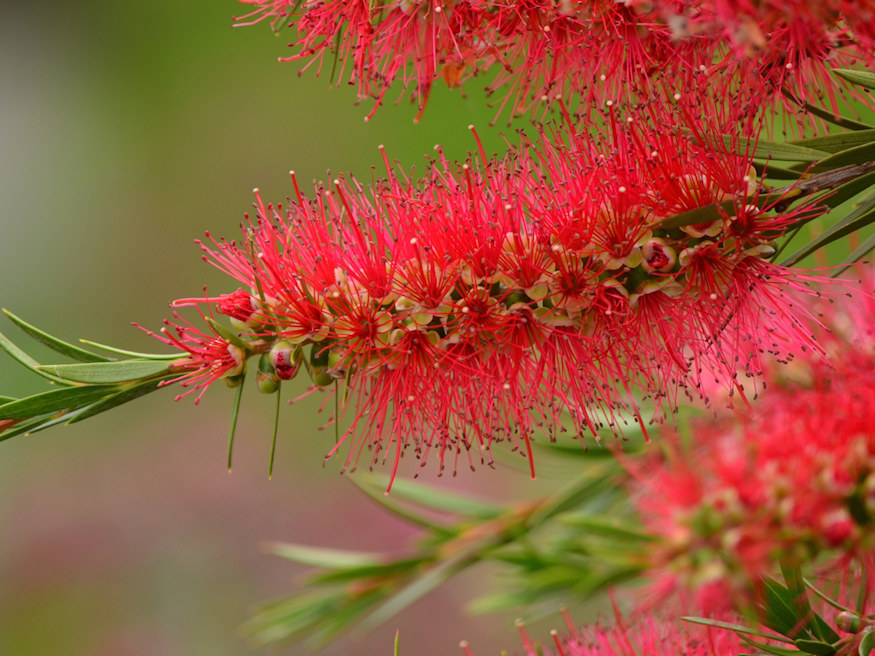
Whether you’re building your first balcony garden or adding another jewel to your plant collection, the red bottlebrush delivers both color and character with minimal fuss. With just a little care, it rewards you with a dazzling floral display – and plenty of garden visitors.
